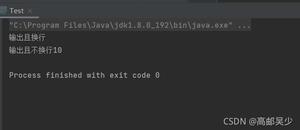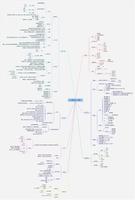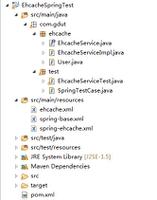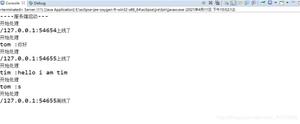Java学习 (序列化)

序列化
import java.io.*;public class SerializeDemo
{
public static void main(String [] args)
{
Employee e = new Employee();
e.name = "Reyan Ali";
e.address = "Phokka Kuan, Ambehta Peer";
e.SSN = 11122333;
e.number = 101;
try
{
FileOutputStream fileOut =
new FileOutputStream("/tmp/employee.ser");
ObjectOutputStream out = new ObjectOutputStream(fileOut);
out.writeObject(e);
out.close();
fileOut.close();
System.out.printf("Serialized data is saved in /tmp/employee.ser");
}catch(IOException i)
{
i.printStackTrace();
}
}
}
一个类的对象要想序列化成功,必须满足两个条件:
该类必须实现 java.io.Serializable 对象。
该类的所有属性必须是可序列化的。如果有一个属性不是可序列化的,则该属性必须注明是短暂的。
如果你想知道一个Java标准类是否是可序列化的,请查看该类的文档。检验一个类的实例是否能序列化十分简单, 只需要查看该类有没有实现java.io.Serializable接口。
反序列化
import java.io.*;public class SerializeDemo
{
public static void main(String [] args)
{
Employee e = new Employee();
e.name = "Reyan Ali";
e.address = "Phokka Kuan, Ambehta Peer";
e.SSN = 11122333;
e.number = 101;
try
{
FileOutputStream fileOut =
new FileOutputStream("/tmp/employee.ser");
ObjectOutputStream out = new ObjectOutputStream(fileOut);
out.writeObject(e);
out.close();
fileOut.close();
System.out.printf("Serialized data is saved in /tmp/employee.ser");
}catch(IOException i)
{
i.printStackTrace();
}
}
}
以上是 Java学习 (序列化) 的全部内容, 来源链接: utcz.com/z/394665.html









